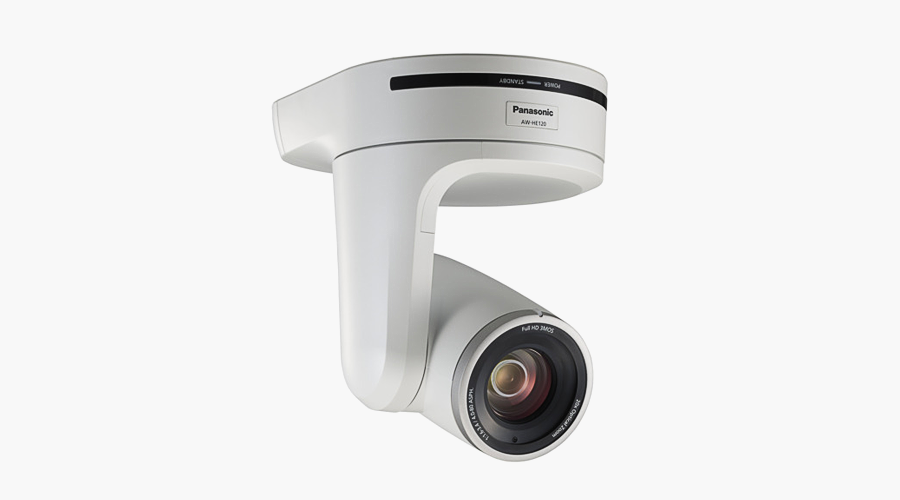The cognitive challenges of walking while texting are well known, both to scientists and to those of us who have ambled into a light pole or a fellow pedestrian or have been on the receiving end of someone elses distracted movements. Strolling while talking on the phone — or, more particular, texting — ties up the brains relatively limited working attentional resources, most researchers would agree, much as those activities do when you are driving.边走边发短信不会带给理解挑战,这一点某种程度为科学家,也为那些曾多次一头撞到上电线杆或者别的路人,或者曾被走神的人撞到上的人来说所熟悉。边走边用于电话——或者更加具体地说,发短信——牵涉到到的工作记忆资源比较受限,最少会多达你驾车时发短信牵涉到的大脑资源,回应大部分研究人员都尊重。But walking is not driving. In some ways, its more demanding. You sit while you drive. Walking requires a multitude of orchestrated actions and reactions. But whether and how using a phone affects the physical process of walking and whether those impacts might have health costs have been little explored.但走路跟驾车有所不同。在某种角度来说,它明确提出的拒绝更高。
驾车时你是坐着的,而走路必须多种不道德和反应协调一致。不过,用手机否或如何影响走路这种生理过程,以及这种影响否不会产生身体健康伤害,这些还极少获得研究。So researchers at the University of Queensland in Brisbane, Australia, rounded up 26 healthy adults for a study, published last month in PLOS One, and sent them strolling repeatedly along a 28-foot stretch of hallway while cameras captured their steps. In one setup, the volunteers walked without a phone; in another, they read a long text on a phones screen; and in a third, they texted The quick brown fox jumps over the lazy dog. The volunteers were told to hold the phone and type as they usually would. They were also asked to try to walk as normally as possible.澳大利亚布里斯班的昆士兰大学(University of Queensland)研究人员因此做到了一项试验,征求了26名身体健康成人,并请求他们在一条宽为28英尺的走廊上重复行驶,用摄像机记录下他们的脚步。
一次决定这些志愿者在走路时不拿手机;另一次边走边在手机上看一条长长的短信;第三次则是边走边发短信,内容为:灵活的褐色狐狸跳过了哑狗。志愿者必须手执手机,用习惯的方式来编辑短信内容,同时必须走起路来尽可能跟平时一样。
这份研究上月公开发表在《公共科学图书馆·综合》(PLOS One)上。As it turned out, texting significantly distorted their gait and walking form, whether they intended to contort themselves or not. Most noticeable, the volunteers began to walk with a more upright and rigid body position. Their heads froze into cocked and largely unchanging positions, eyes on the screen, chins bent toward their chests. Their necks and lower back joints had significantly less range of motion. They displayed tighter mechanical constraint in their upper bodies and midsections, according to the researchers; arms stopped swinging loosely and were bent and locked into place. The pelvic joints likewise stiffened, making leg motion jerkier. In general, the texters moved like robots, said Siobhan Schabrun, an honorary senior fellow at the University of Queensland, who led the study.研究找到,不管人们否不会有意识地加以控制,发短信都会明显变形人们的姿势和步态。
最值得注意的是,这些志愿者走起路来时,身体的姿势显得更加柔软、笨拙。他们的头扯了一起,而且角度没有怎么变化,眼睛盯着屏幕,下巴耳到胸前。
他们的脖子和后腰关节活动范围明显变大。据研究人员说道,这些参试人员的上半身和腰腹部经常出现了“更加紧绷的力学约束”,上臂仍然肿胀转动,而是转弯了一起,相同在身体两侧。
骨盆关节某种程度笨拙,这令其双腿动作显得仍然平稳。这项研究的领导者、昆士兰大学荣誉资深研究员西沃恩·斯格布兰(Siobhan Schabrun)讲解说道,总的来看,发短信的人走起路来“看起来机器人”。Simultaneously, their gait patterns changed. Texters took significantly shorter steps, and their pace slowed. They also deviated more from a straight line, the studys authors wrote, meaning that with almost every step, they set their feet farther to the side.与此同时,他们的步态模式也转变了。发短信的人回头的步伐显著变大,速度减慢。
研究的作者在论文中认为,他们同时“经常背离直线”,这所指的是参试人员每回头一步,步子都会往路边凑近一点。These adjustments, although relatively slight, could result in both immediate and longer-term physical consequences, Dr. Schabrun said. In the short term, they increase the likelihood that you will trip, and not merely because you neglect to look where you are going while texting. Previous studies, many in elderly populations, have shown that a more rigid posture, such as this, can put you at greater risk of falling, Dr. Schabrun said.斯格布兰博士说道,这些调整尽管更为错综复杂,但可能会产生即时和远期的生理后果。
短期来说,这不会激化人们摔倒的可能性,而且这某种程度是因为你在走路时没有看路。“此前很多在年长人群中展开的研究早已表明,经常出现这一类笨拙体态,更容易增大你拳击的危险性,”斯格布兰说道。
Frequent peripatetic texting also may cause or worsen neck and shoulder pain, Dr. Schabrun suggested, by reducing the neck joints natural range of motion. If you walk and text, occasionally move out of pedestrian traffic and gently tilt your head forward and back, an easy exercise to combat neck stiffness.斯格布兰博士还指出,频密在走路时发短信不会容许脖子的大自然活动范围,引起或激化脖子和肩膀疼痛。如果你不须走路时发短信,那么最差是能不时离开了人行道,轻轻地前后晃动头部,这种非常简单运动可以应付脖子笨拙。
This brief intermission from texting may also reorient your bodys relationship with space, Dr. Schabrun said. Normally, the body prioritizes maintaining balance over almost all other demands, she pointed out. But in perhaps the most significant implication of her study, her volunteers bodies and brains appeared to be prioritizing texting.斯格布兰说道,发短信时一段时间睡觉下,还有有可能让你的身体调整与空间的关系。她认为,我们的身体一般来说把保持平衡放到其他所有市场需求之上,但在她的研究中,一个最重要的找到或许在于,参试者的身体和大脑或许把“发短信视作重中之重”。
本文来源:米兰·体育-www.13609.cn




